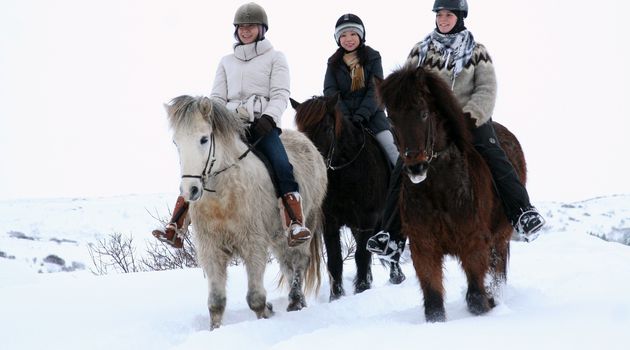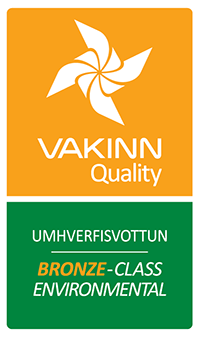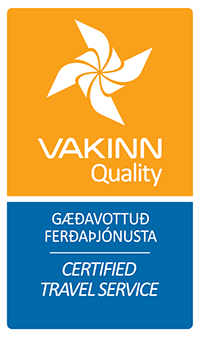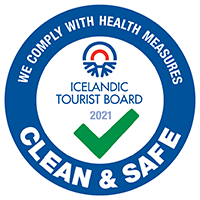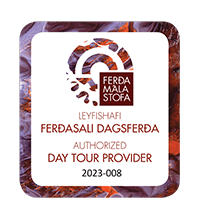Iceland is a popular destination for tourists, bringing in around 2 million visitors from around the world in 2019, and it's no wonder why. The nation's natural beauty is famed, partly due to the fact that the country is one of the most volcanically active places in the world. Luckily, Iceland remains a safe vacation spot and its extensive roads make it easy to experience the best sights on offer in its three national parks.
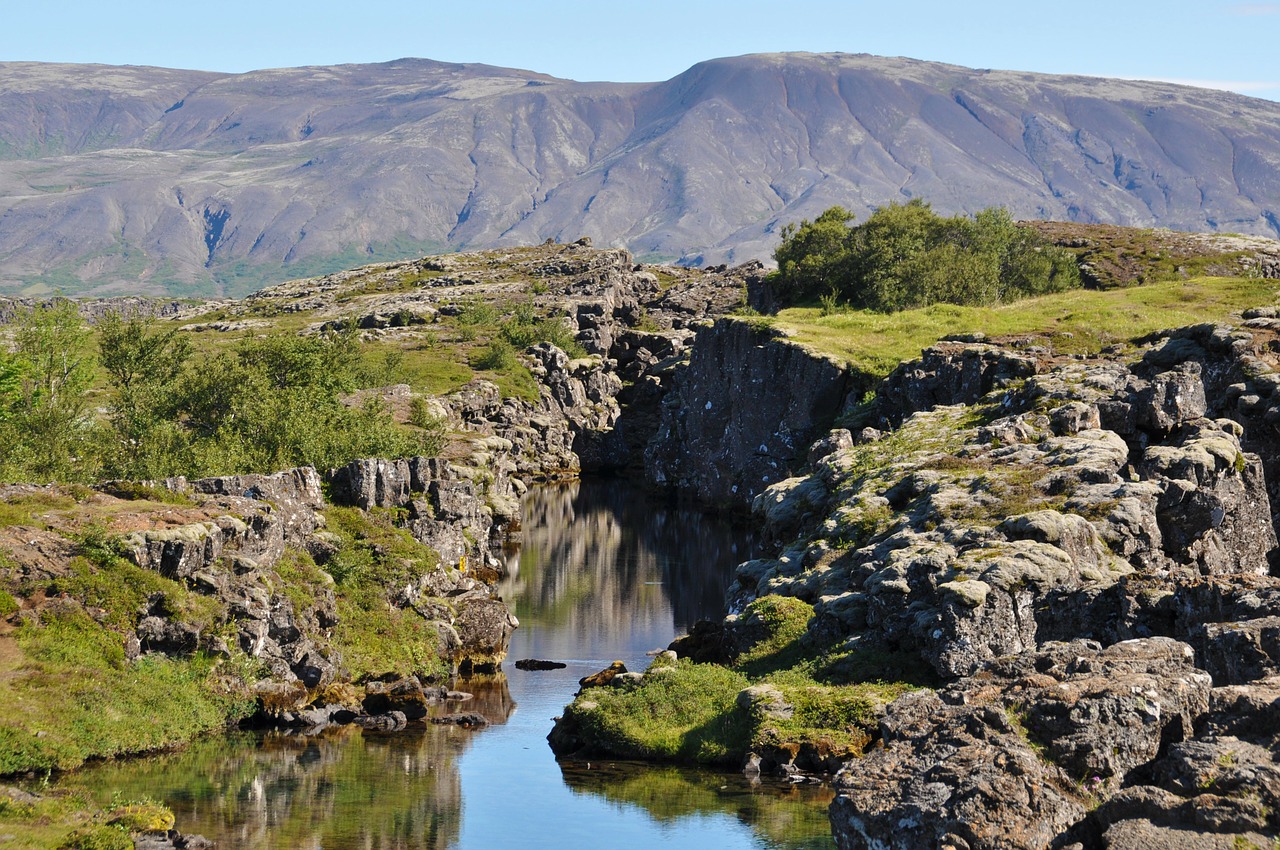
Þingvellir National Park
The oldest national park in Iceland, Þingvellir was established in 1928 and is now recognized as a UNESCO world heritage site. Located in the southern part of Iceland, just a 45-minute drive from Reykjavik, the park is known for its lava gorges and for housing Þingvallavatn, Iceland's largest natural lake. The site is an exciting place to visit as it sits on the rift between the North-American and Eurasian tectonic plates, which are constantly moving apart from each other at a rate of about 2cm a year.
Fishing fans can go angling in the lakes while others can try horse riding or scuba diving in the Silfra fissure.

Snæfellsjökull National Park
Named after the beautiful Snæfellsjökull glacier and volcano, which inspired the entrance to the center of the Earth in Jules Verne's novel, Snæfellsjökull National Park is the only park in Iceland that reaches the shoreline. Sitting in the West part of Iceland, the park covers around 170 square kilometers and has hundreds of years of maritime history to explore.
For those who don't fancy their chances of making it to the center of the Earth, park rangers can advise the best hiking routes and activities in the area.

Vatnajökull National Park
Iceland's newest national park was founded in 2008 and is also a UNESCO world heritage site. As one of the largest European parks, it covers about 12,000 square kilometers and features Europe's largest glacier, Vatnajökull. A feast for the eyes and soul and extremely popular for Instagrammers, the meeting of volcanoes and glaciers in the park have created black sand beaches, outlet glaciers and glacier lagoons full of icebergs.
The park is home to Iceland's highest peak, Hvannadalshnúkur, which is enclosed by a glacier, and also the country's highest peak not enclosed by a glacier, Snæfell, which is over 1.8km tall. Snæfell can be the start of a 3-day hiking expedition for avid hikers, who will be rewarded with the sights of the inside of an extinct volcano in Lónsöræfi.
Vatnajökull also features Europe's most powerful waterfall, Dettifoss, and easily reached from Route 1 are the two largest glacier lagoons in the park, offering great spots for pictures and relaxation.
Driving In Iceland
The best way to get around Iceland's national parks is by car. We at Blue Car Rental have many to choose from and we also offer tips on driving in Iceland.
